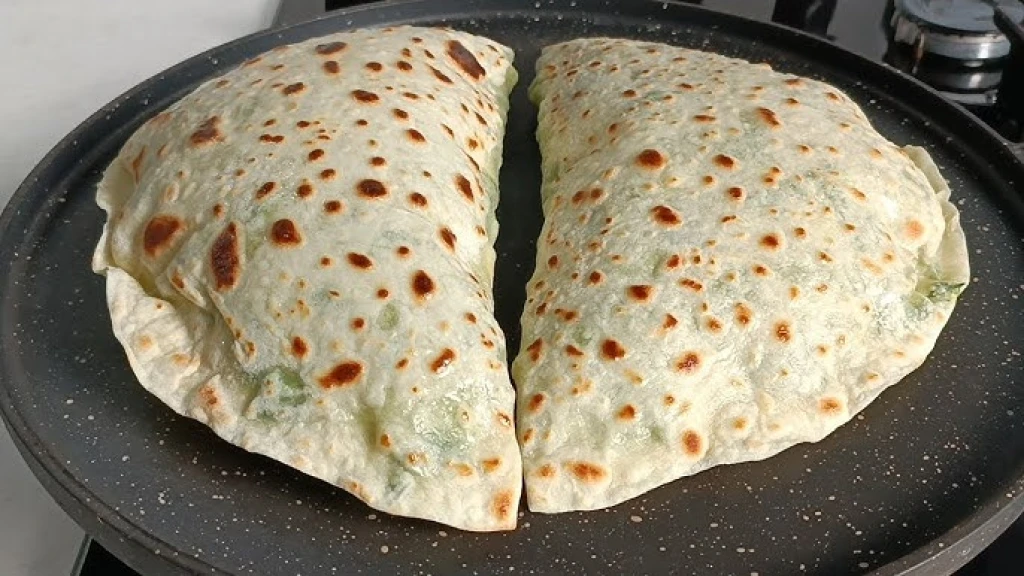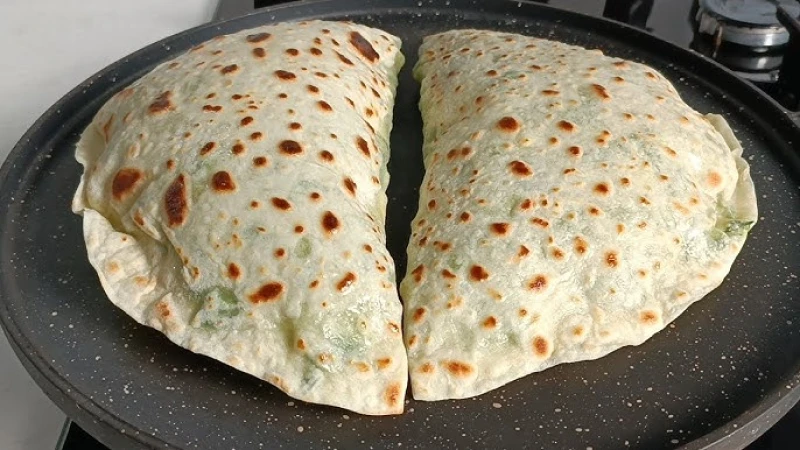Clay Pot Beans in Cappadocia – Traditional Turkish Cuisine

🏺 Clay Pot Beans in Cappadocia – Traditional Turkish Cuisine
Cappadocia is a land famous for its surreal landscapes, fairy chimneys, and hot air balloon rides. But beyond its natural wonders, the region also offers a rich culinary heritage. One of the most iconic and beloved dishes of traditional Turkish cuisine in Cappadocia is Clay Pot Beans (Çömlek Fasulye).
This hearty dish, slow-cooked in earthenware pots, perfectly reflects the region’s history, culture, and connection to the land. In this blog, we’ll explore the story of clay pot beans, how it is prepared, where you can try it in Cappadocia, and why it has become a must-try food for visitors.
🍲 What Are Clay Pot Beans (Çömlek Fasulye)?
Clay Pot Beans, known in Turkish as “Çömlek Fasulye”, is a dish made with dried beans, onions, tomatoes, peppers, and usually beef or lamb, cooked slowly in sealed clay pots.
The method of cooking in clay pots gives the dish a unique, smoky, and earthy flavor. It is considered one of the most authentic tastes of Cappadocia and Central Anatolia.
🏛️ Historical Roots of the Dish
Cooking in clay pots has been part of Anatolian culinary tradition for thousands of years. In Cappadocia, where pottery has been a craft for centuries (especially in Avanos, the pottery capital), it was natural for locals to prepare food in clay vessels.
Historically, clay pots were placed inside wood-fired ovens, left to cook slowly for hours, and then served hot during family gatherings, weddings, and festivals. This slow-cooking technique preserves the nutritional value of beans while blending all flavors beautifully.
🌄 Why Cappadocia is Famous for Clay Pot Beans
Cappadocia’s identity is strongly tied to pottery and clay. Avanos, located on the banks of the Kızılırmak (Red River), has been producing pottery since Hittite times. Today, the same clay is used not only for pottery workshops but also for cooking vessels.
This unique regional connection between pottery-making and cuisine makes clay pot beans more than just a meal – it’s a symbol of Cappadocian culture.
🍴 How Clay Pot Beans Are Prepared
The recipe is simple yet requires patience:
- Preparation: Dried beans are soaked overnight.
- Ingredients: Onion, garlic, tomato paste, peppers, spices (paprika, cumin), and diced meat (usually beef or lamb).
- Cooking in the Pot: Ingredients are placed in a clay pot, sealed, and cooked slowly in a wood oven or traditional tandoor for several hours.
- Serving: The pot is broken open or unsealed at the table, releasing an irresistible aroma.
The result is a rich, flavorful, and comforting dish perfect for cold Cappadocian evenings.
📍 Where to Eat Clay Pot Beans in Cappadocia
- Ürgüp & Göreme Restaurants: Many local eateries serve clay pot beans as part of their authentic menu.
- Avanos: Known for pottery, many restaurants in Avanos highlight clay pot beans to connect food with the town’s ceramic heritage.
- Village Homes & Guesthouses: Some boutique cave hotels and village stays offer homemade clay pot beans cooked in traditional ovens.
👉 Pair the dish with freshly baked Turkish bread and a glass of Cappadocian wine for the ultimate local experience.
🍽️ Clay Pot Beans in Turkish Cuisine
In Turkish gastronomy, beans hold a special place. “Kuru Fasulye” (stewed beans) is considered the national comfort food of Turkey. What makes Cappadocia’s version unique is the clay pot technique, which gives the beans a deeper, more authentic flavor.
Clay pot beans are often compared to Testi Kebab, another iconic Cappadocian dish cooked in sealed pottery. Together, they represent the harmony between local craftsmanship and cuisine.
🌟 Why You Should Try It
- Authenticity: A dish deeply connected to Cappadocia’s heritage.
- Flavor: Smoky, slow-cooked, rich in taste.
- Experience: Served in clay pots, often opened at your table – a performance as well as a meal.
- Cultural Link: Combines local pottery traditions with everyday cuisine.
🕒 Best Time to Enjoy Clay Pot Beans
Clay pot beans are hearty and warm, making them especially popular during autumn and winter evenings in Cappadocia. However, many restaurants serve them year-round, particularly for tourists seeking authentic Turkish food.
💡 Travel & Food Tips
- Pair clay pot beans with rice pilaf or fresh Turkish bread.
- Don’t miss trying it together with Cappadocian red wine.
- Visit Avanos pottery workshops to see how the clay pots are made, then enjoy the dish cooked inside one.
- Ask locals for recommendations – family-owned restaurants often serve the most authentic versions.
🏆 Conclusion – Taste the Spirit of Cappadocia
Clay Pot Beans (Çömlek Fasulye) is more than a traditional Turkish dish – it’s a culinary symbol of Cappadocia’s history and culture. By combining the region’s pottery tradition with its rich cuisine, this dish offers travelers a taste of the land’s soul.
When you visit Cappadocia, don’t just admire the fairy chimneys and hot air balloons – sit down at a local restaurant, order a clay pot of beans, and savor the flavors of centuries-old Anatolian tradition.
✨ Clay Pot Beans in Cappadocia – where food, history, and culture come together in every bite.













